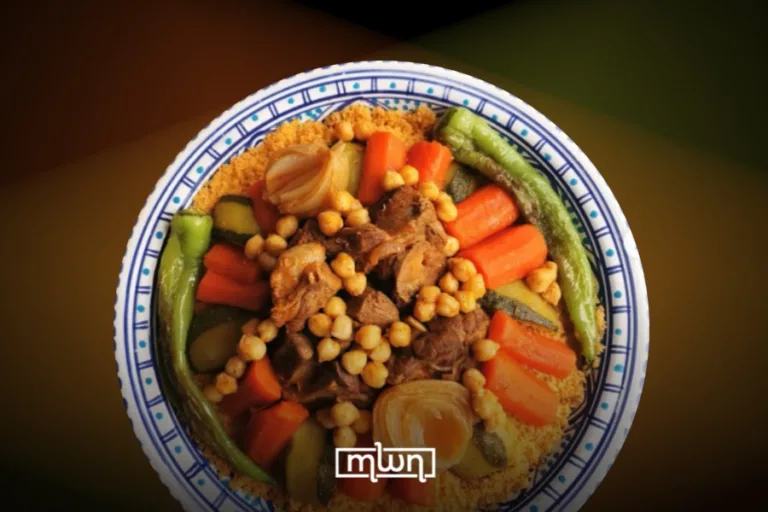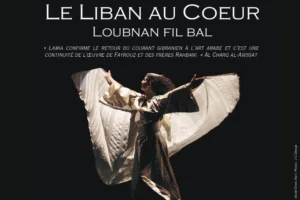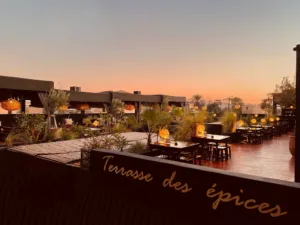In Morocco, an unexpected guest is never a problem because the living room is always ready to welcome them.
Fez– If you’ve ever stepped into a Moroccan home, you might have noticed something intriguing: the living room always looks like it’s expecting company.
No matter the time of day or how chaotic life gets, there is always a perfectly arranged space ready to receive guests.
But why is this such a universal trait in Moroccan households? Let’s explore the cultural roots, practical reasons, and everyday magic behind this tradition.
The art of hospitality
Hospitality in Morocco isn’t just a virtue, it’s practically a competitive sport. Being a generous host is deeply ingrained in Moroccan culture.
The guest is considered a blessing, and treating them with warmth and respect is a matter of pride. A guest-ready living room ensures that no visitor, expected or not, ever feels unwelcome.
In Moroccan culture, turning someone away at the door is unthinkable. Whether it’s a neighbor dropping by, a distant cousin visiting unexpectedly, or even a complete stranger in need of a cup of water, the living room is always prepared to accommodate them.
The famous Moroccan Salon
The guest-ready space in Moroccan homes is known as the salon. Unlike Western living rooms filled with individual couches and recliners, the salon is designed with built-in, wrap-around seating known as sedari.
These long cushioned benches not only maximize space but also allow for easy reconfiguration, whether you’re hosting three guests or thirty.
The salon is more than just a sitting area, it’s a multi-purpose room where families gather, guests are entertained, and even meals are served on beautifully carved wooden tables called mida.
The decor is a blend of textiles, handwoven rugs, and elegant brass or copper trays used for serving the mint tea.
Always ready for tea and talk
Speaking of tea, no Moroccan guest experience is complete without the famous atay, steaming hot, sweet mint tea poured from a high-held teapot “berad” into delicate glasses.
It’s the ultimate symbol of hospitality. Alongside it, you’ll likely find plates of nuts, dried fruits, or homemade sweets.
Because visitors are common, Moroccan homes are perpetually stocked with these essentials. No one wants to be caught off guard when guests arrive, so there’s always extra tea, sugar, and Kaab ghzal on hand.
Even in modern apartments and fast-paced city life, Moroccans hold onto this tradition. The guest-ready living room remains a cultural cornerstone, blending practicality with heartfelt hospitality.
So, if you ever visit a Moroccan home, don’t be surprised if you’re ushered into a pristine, welcoming salon, handed a glass of mint tea, and made to feel like royalty. It’s just the Moroccan way.
Read also: The Smell of Home: How Certain Scents Carry Our Childhoods
















